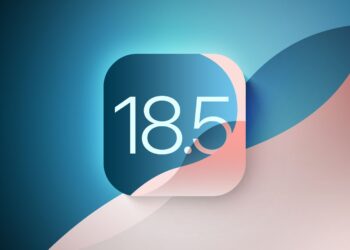BARCELONA – After the smartphone, the intelligent watch promises to become the latest hi-tech trend, allowing wearers to peek at messages and even take calls without touching their phones.
As speculation grows that Apple may be working on an iWatch, other players at the world’s biggest mobile fair in Barcelona, including Japanese giant Sony, are already fighting for a place on customers’ wrists.
Their target market is the person who’s always glued to their smartphone, even in meetings or at the movies, or people who wish to monitor their heartbeat during exercise.
“The future in general is wearable devices,” said Massimiliano Bertolini, chief executive of Italian firm i’m, as he showed off his flagship product, i’m Watch, at the industry event.
 Available since 2011 and present in several European countries including Britain and Poland, it will go on sale in Spain’s Corte Ingles department stores from next week, and could roll out with French retailers as soon as April, he said.
Available since 2011 and present in several European countries including Britain and Poland, it will go on sale in Spain’s Corte Ingles department stores from next week, and could roll out with French retailers as soon as April, he said.
The smartwatch is an accessory to the smartphone, with which it communicates by Bluetooth wireless technology.
It means you can leave your phone in your pocket as you answer or reject a call, peruse emails or read updates from friends on Twitter or Facebook.
The i’m Watch features its own applications, too, such as i’m Sport, unveiled Monday, which links with a heart rate detector to allow a jogger to check his pulse. Such functions already exist in specialised sports watches but not on watches that are linked to smartphones, Bertolini said.
With a square aluminium frame, a 1.5-inch (3.8-centimetre) touch screen and a strap available in various colours, the watch has already found 30,000 buyers, 80 percent of them men aged mostly between 25 and 50.
“Seventy percent are iPhone users, 25 percent Samsung and the rest are other telephones using Google’s Android operating system,” he said.
The company aims to sell more than 200,000 watches in 2013, notably by targeting women with publicity emphasising its design rather than its technology.
Italian-made, it sells for a minimum of 300 euros ($390) for the basic model and prices climb to up to 16,000 euros for a luxury version in silver or encrusted with diamonds.
That leaves plenty of room in the market for competitors such as Sony’s Smart Watch, a square, Android-compatible rival for your wrist that sells for about 130 euros or the $150 Pebble, a rectangular, Android- and iOS-compatible offering by the company of the same name, which raised $10 million in three weeks on “crowdfunding” site Kickstarter to develop the product.




















